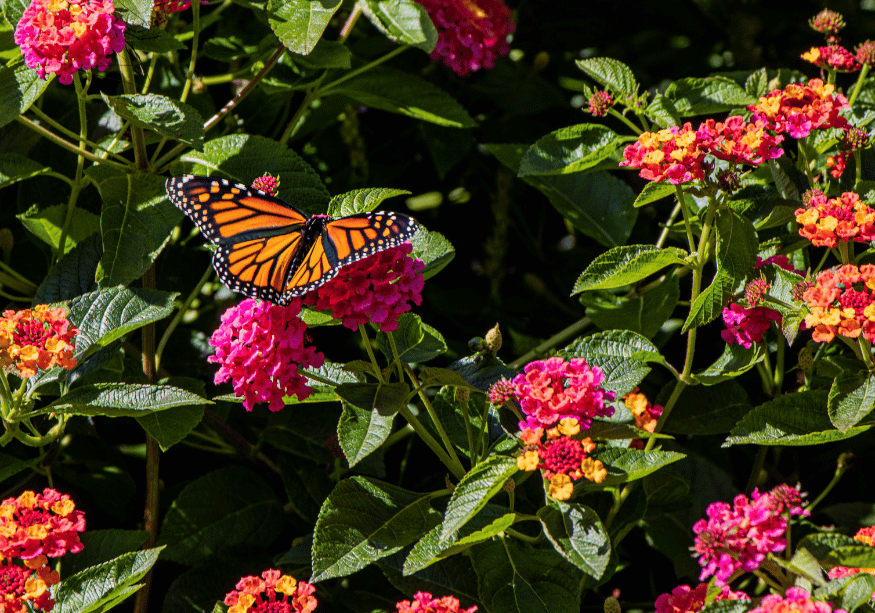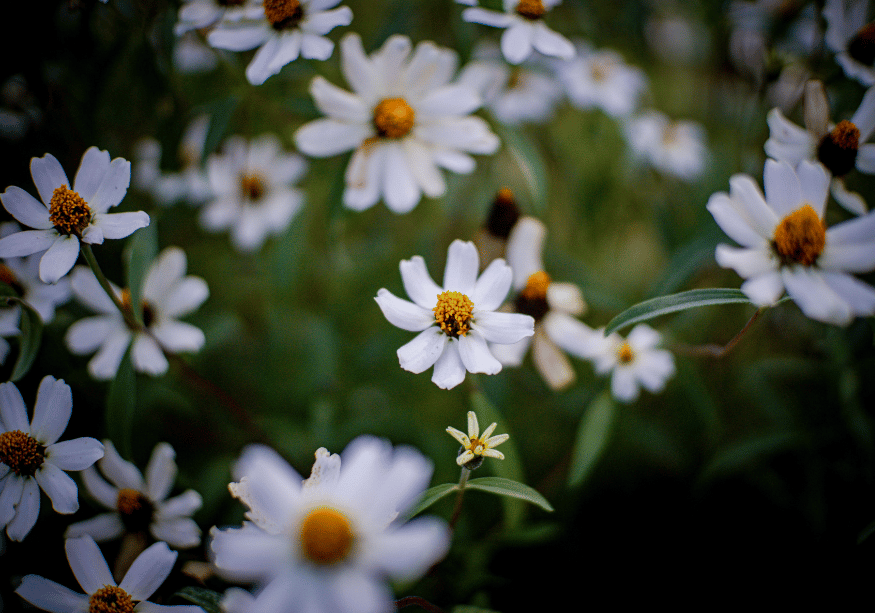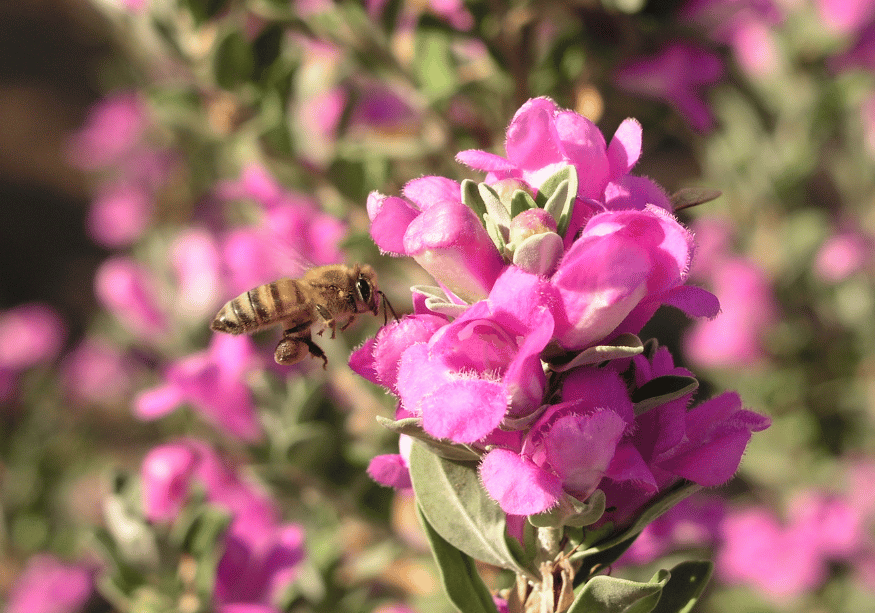San Antonio’s Southside is rich in plant and animal life. To conserve natural resources, improve soil quality, reduce re-planting, and support local wildlife, the VIDA San Antonio community carefully plans neighborhood landscaping, and collaborates with others in the area to consider regional impacts on habitat, water use and soil conditions.
VIDA’s Butterfly Garden will create safe migratory habitat for butterflies and birds
VIDA is working with the Mitchell Lake Audubon Center team to support their mission to welcome thousands of birds and other wildlife along their migratory path. The community also works with the City of San Antonio’s arborist to preserve habitat trees that are a signature of the area. Residents and guests will see these preserved trees throughout the community, especially in the Madla Greenway, the community’s linear park and trail system.
The next phase of VIDA’s landscape design includes planting a butterfly garden that will benefit the various species of butterflies that pass through San Antonio each year. In addition to the butterfly garden plants, new zone 8 plants and trees throughout the VIDA community are chosen for their ability to support native habitat and create a sustainable presence. VIDA’s lighting is also designed to support a darker sky so it doesn’t pull migrating birds and butterflies off course.

Looking for front yard landscaping ideas for your new home? Consider planting your own butterfly garden—or at least sprucing up your garden with some plants that attract them. Add some of these native plants that butterflies love to your landscape:
- Gregg’s Mistflower (Conoclinium greggii)
This perennial grows only about 2 feet tall, but spreads quickly. It has clusters of purple-blue flowers that bloom in spring and summer, and it attracts several species of butterfly in the fall. It thrives in partial shade, requires little water, and tolerates clay soil. Related plants that butterflies love are blue mistflower and white mistflower. - Texas Lantana (Lantana urticoides)
This drought tolerant, disease and pest resistant shrub is great for a xeriscape or low-maintenance garden. It requires full sun and soil with good drainage. They bloom bright, beautiful red, orange, and yellow and produce clusters of berries than can be used for propagation. - Butterfly Milkweed (Asclepias tuberosa)
This bushy perennial features dark green foliage with bright orange to yellow-orange flowers that bloom from late spring to early fall. It’s a larval host for several species of butterfly, including Monarchs. - Coral Honeysuckle (Lonicera sempervirens)
This vine can either climb or be used as ground cover. It has semi-evergreen leaves and red, trumpet-shaped flowers. It attracts butterflies, bees, and a variety of birds. Hummingbirds love it!
Use native plants to create a moon garden
A moon garden is a cool way to cultivate the ideal vibe for nighttime outdoor living.
White and brightly colored flowers really pop at night, while silvery leaves sparkle in the moonlight. Fragrant plants and those that attract nocturnal wildlife can add to the ambiance of your outdoor space. Long grasses swishing in the breeze can also create a relaxing sound.

Consider these moon garden plants that are native to the region:
- Texas Sage (Leucophyllum frutescens)
This drought- and heat-tolerant perennial shrub’s silvery hairs and pink-lavender blooms are complemented by moonlight. It typically grows 2-5 feet tall, but occasionally up to 10 feet, and 4-6 feet in width. - Blackfoot Daisy (Melampodium leucanthum)
This short perennial makes a great option for planting on the edge of gardens loves rocky soil, full sunlight, and dry conditions. Its white flowers glisten in the moonlight and also attract sphinx moths, which typically show up in the evening. - Mealy Blue Sage (Salvia farinacea)
This fragrant sage tends to sprawl in full sun and grows more upright in partial shade. It’s drought tolerant, and it also tolerates sandy soil and heavy clay. It blooms pale blue and white on and off between April and October, attracting butterflies and hummingbirds. - Silver Ponysfoot (Dichondra argentea)
This groundcover only grows to about 3-4 inches, and is useful for erosion control. It has silver-gray foliage that sparkles in the moonlight. - Angel Trumpet (Burgmansia solanaceae)
Careful: this plant is poisonous if consumed in large quantities, so take that into consideration—especially if you have children or pets. But they can be a dramatic addition to a South Texas moon garden. Angel trumpet grows up to 15 feet tall, prefers full sun, and requires a bit more water and care than other options. Its long, fragrant, trumpet-shaped flowers bloom pink, yellow, or white in the late evening until dawn, from mid-summer to late fall.
There are countless other plants, native and non-native, that can be a good addition to a moon garden. If you want to introduce non-native plants into your landscape, first make sure they’re not invasive. Consider planting non-native plants in above-ground containers like flower pots and raised garden beds for the best results.

More native landscaping resources
To make native plants the focus of your own landscape design, find more information, backyard landscaping ideas, and inspiration at the links below:
- Native Plant Society of Texas
- San Antonio Chapter
- Theme garden plans: Moon gardens, butterfly gardens, shade gardens, and more!
- Lady Bird Johnson Wildflower Center
- Buchanan’s Plants
- Texas A&M Bexar County AgriLife Extension Office
- Bexar County Master Gardeners
Can’t get enough of the outdoors? Explore the parks and trails that make VIDA an ideal home for nature lovers.

